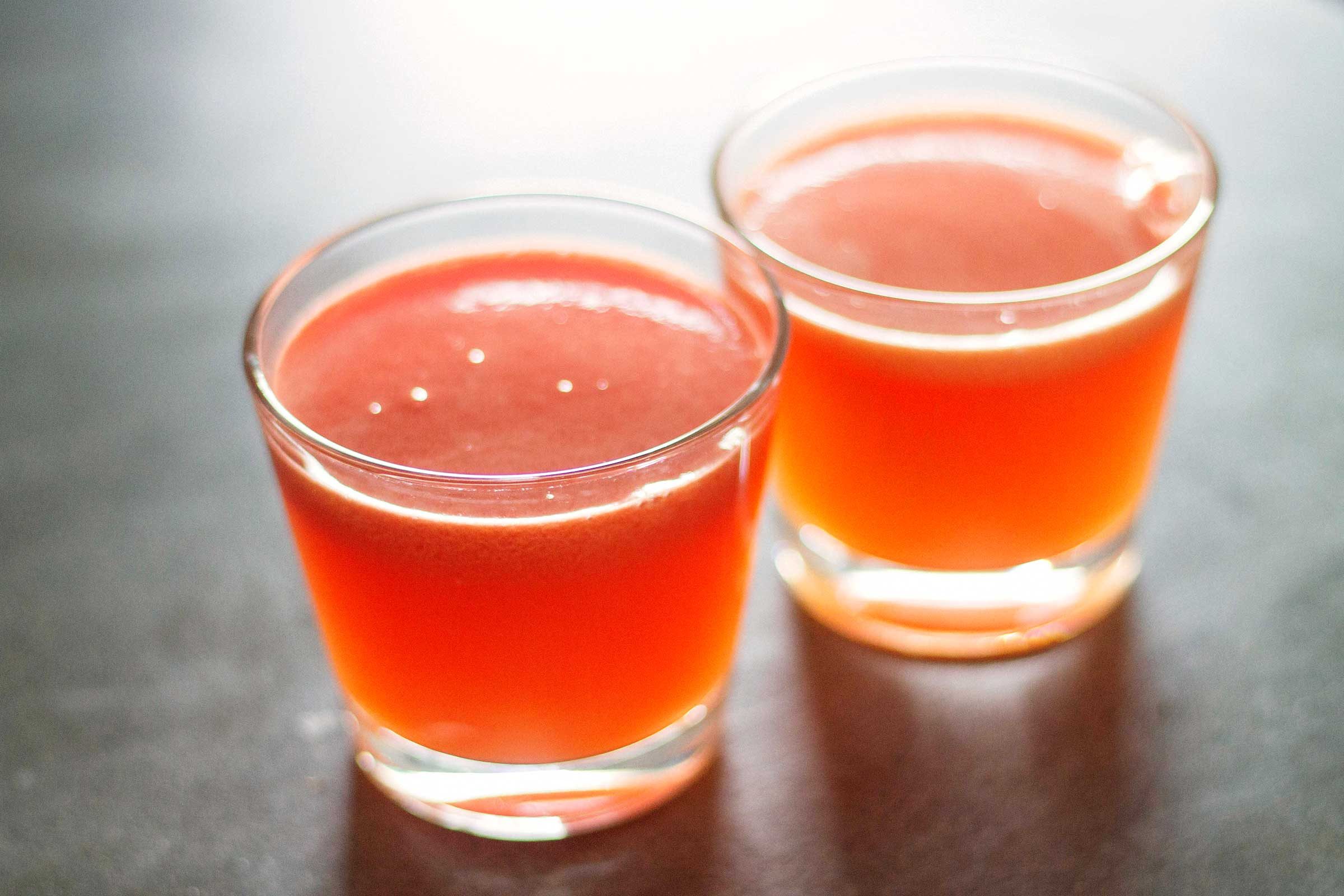
You think ‘fruit juice concentrate’ is healthy
“‘Fruit-juice concentrate’” is just another word for sugar. It’s misleading because people see it and think, ‘Oh, that’s just fruit.’ But they’re taking it and processing it into a sweetener that has nothing to do with fruit. Nutritionally, your body does not know the difference between fruit juice concentrate and high fructose corn syrup.” Melanie Warner, author of Pandora’s Lunchbox
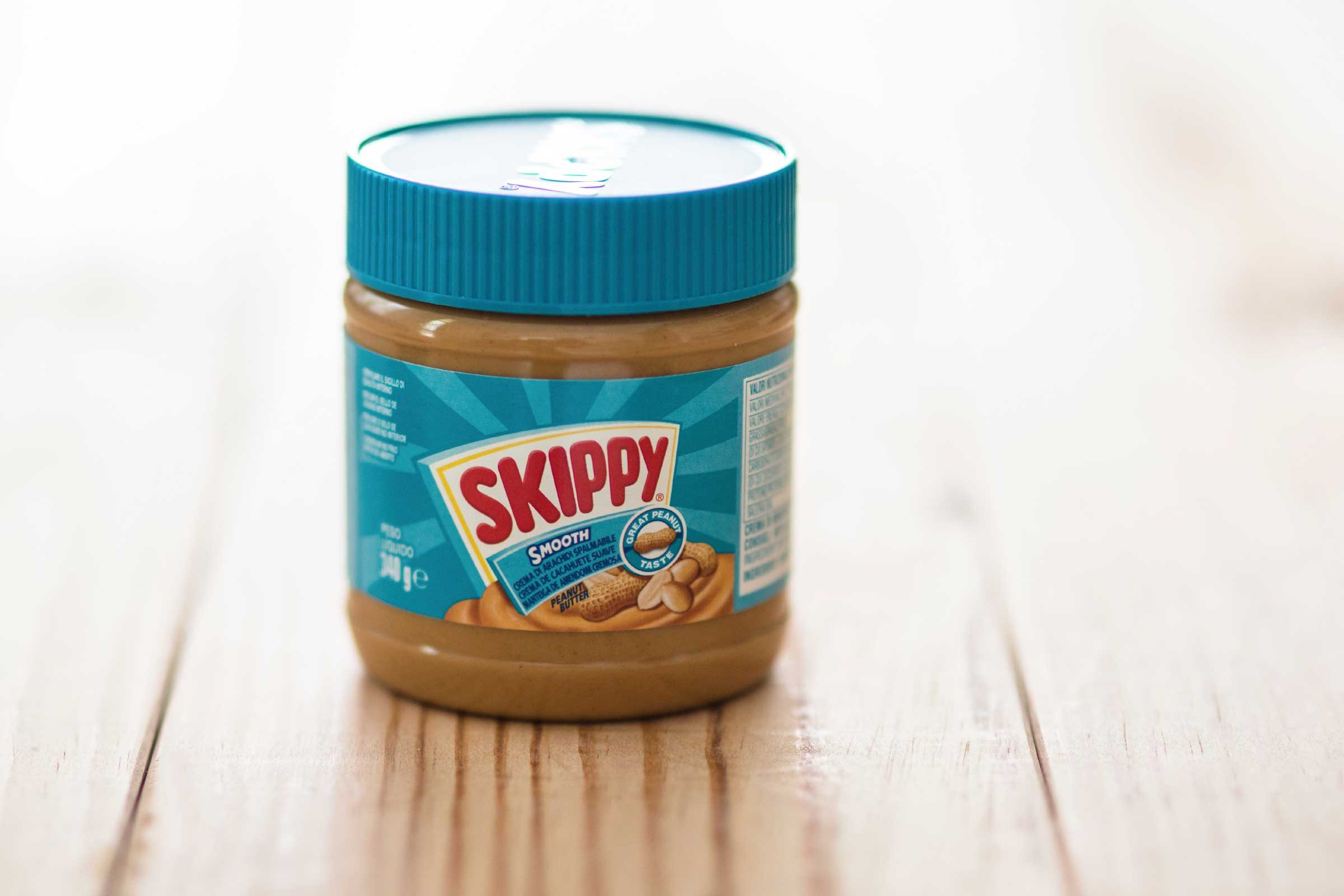
You think ‘all-natural’ is better
“‘All-natural'” doesn’t mean anything when it comes to foods. Food manufacturers stamp it on hundreds of packages to give you the impression that a product is a healthy, but it’s a meaningless term.” Robert J. Davis, PhD, author of Coffee Is Good for You: From Vitamin C and Organic Foods to Low-Carb and Detox Diets, the Truth About Diet and Nutrition Claims
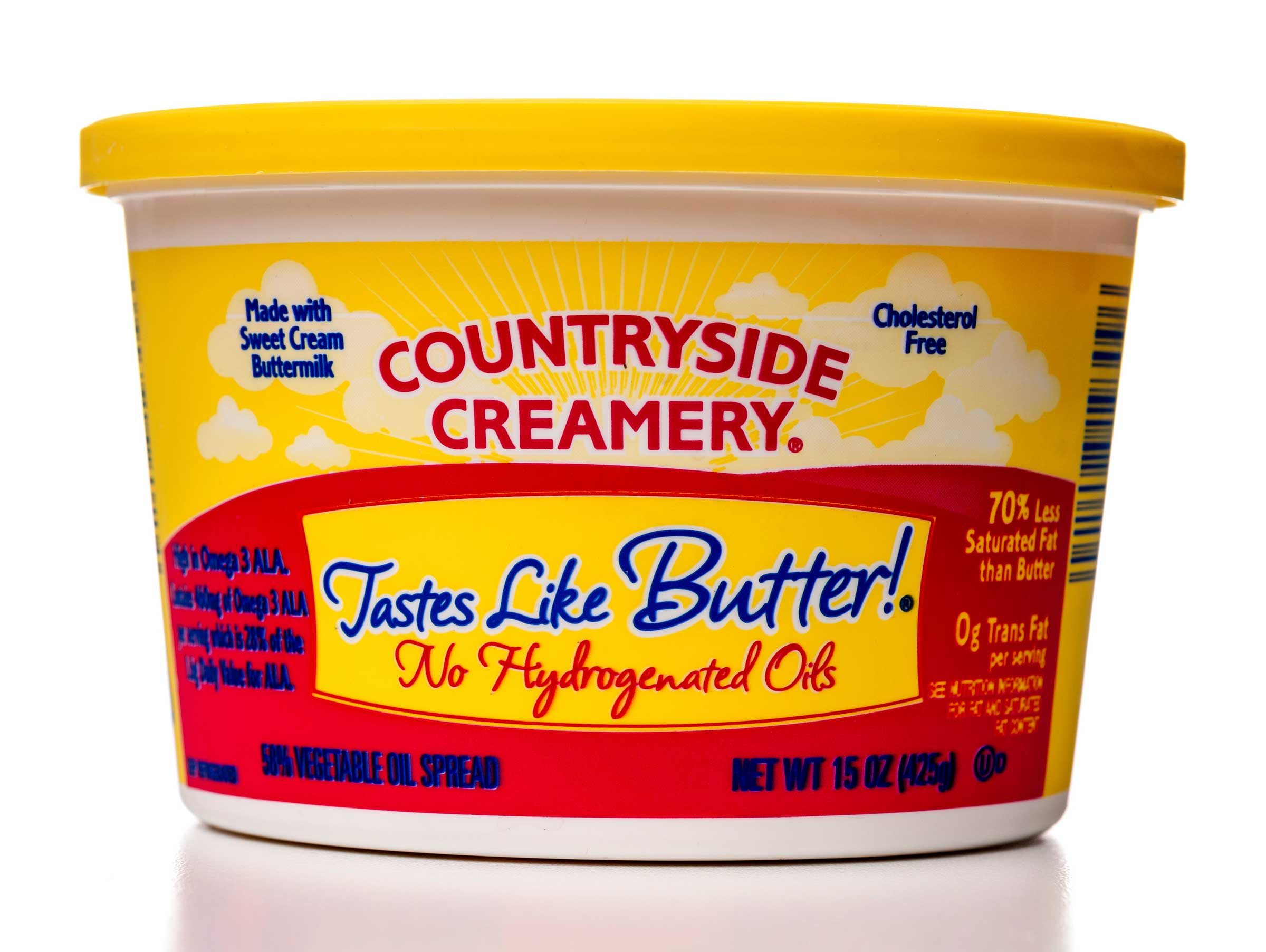
You take ‘trans-fat free’ literally
“Foods that say they are ‘trans fat free’ may not be. If a food contains less than half a gram of the fat, the FDA says they can round it down to zero on the label. So food manufacturers can modify the serving size to hide the trans fat so that each serving has less than that. Consumers need to look at the ingredients. If you see the word ‘hydrogenated’ it has trans fats.” Robert Ferguson, CN, CEO of Diet-Free for Life
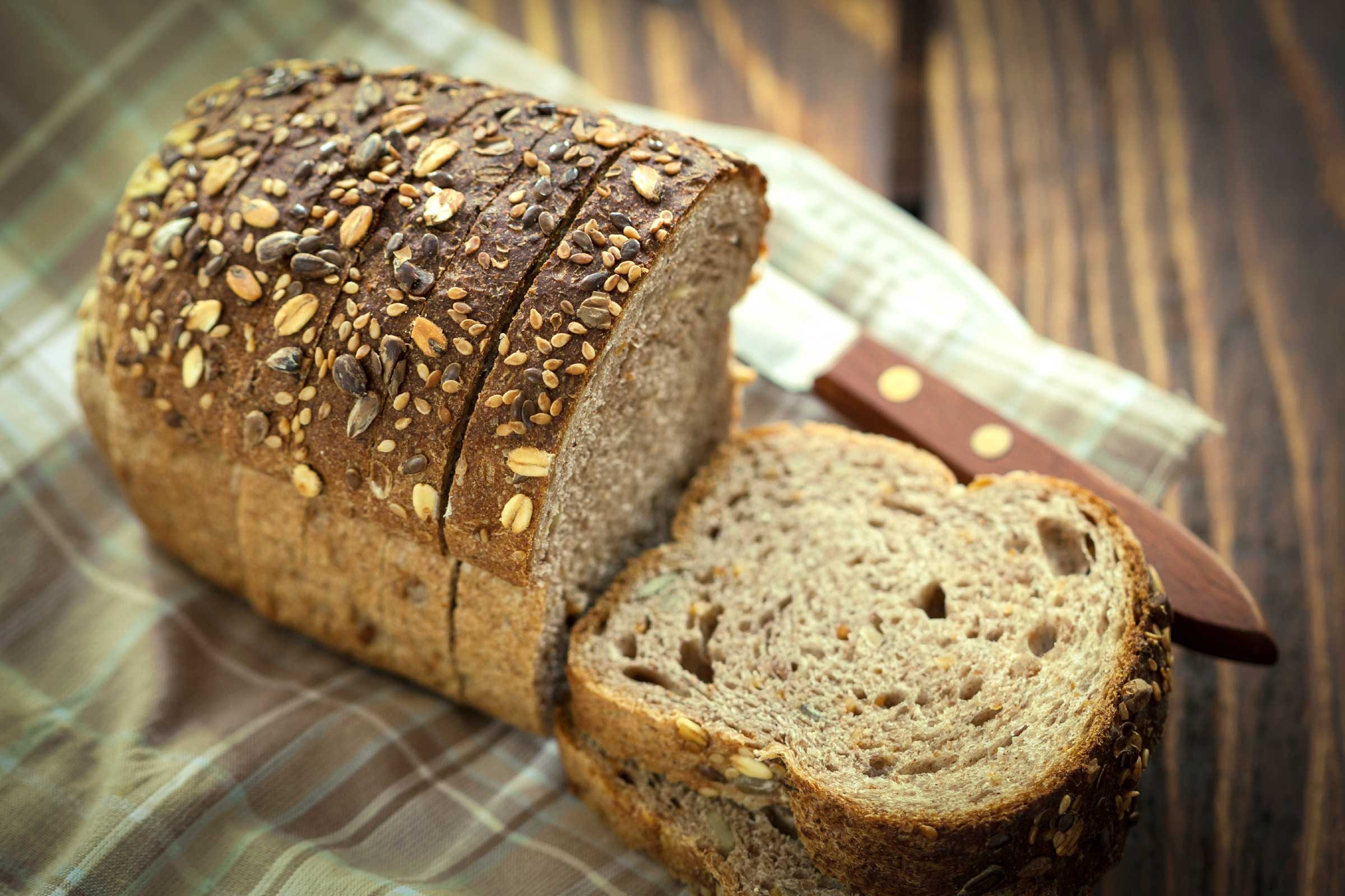
You look for ‘multi-grain’
“The term multi-grain usually means a product is not a healthy choice. People confuse it with whole grain, but all it means is that several kinds of grain were used. The first ingredient should be whole grain.” Katherine Tallmadge, a Washington, DC–based nutritionist and the author of Diet Simple
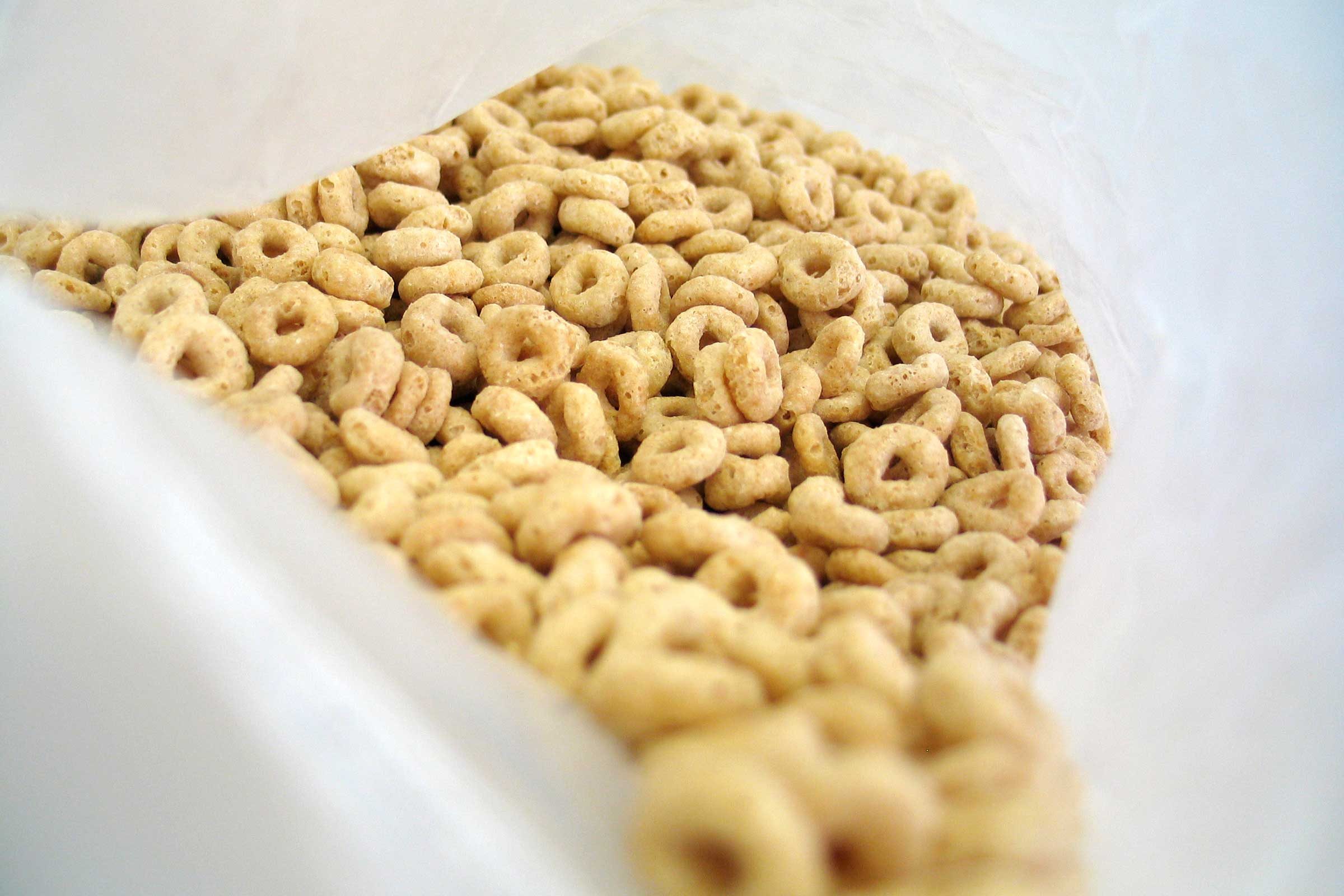
You think all fiber is created equally
“Many ‘high in fiber’ products are stuffed with what is essentially fake fiber. It’s not as healthy as the naturally occurring fiber in whole grains and vegetables. It may even cause gas, bloating, and other stomach problems. Watch out for chicory root, maltodextrin, and polydextrose on the ingredients list.” Robert J. Davis, PhD, author of Coffee Is Good for You: From Vitamin C and Organic Foods to Low-Carb and Detox Diets, the Truth About Diet and Nutrition Claims
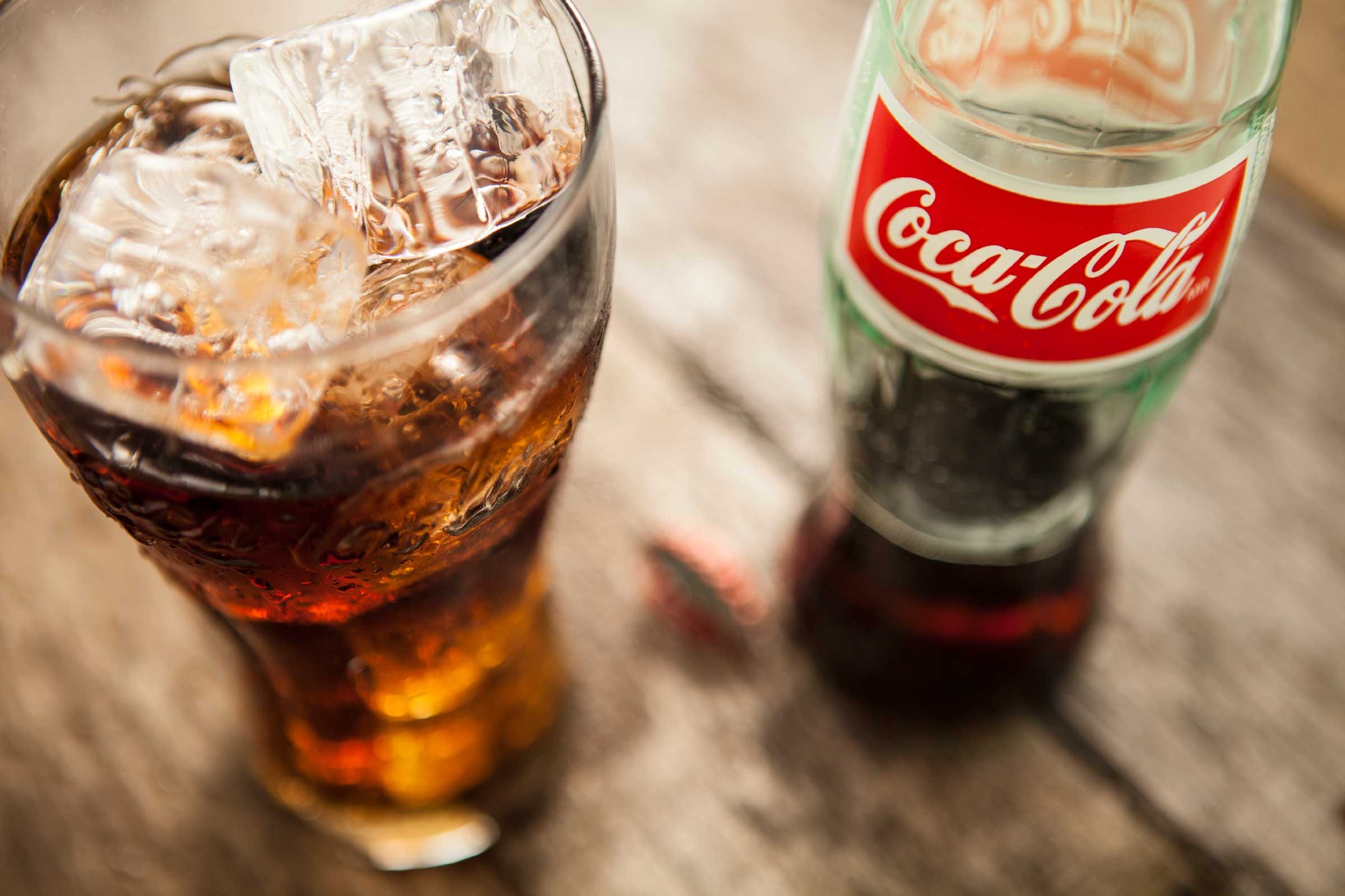
You avoid ‘high fructose corn syrup’ at all costs
“High-fructose corn syrup really isn’t any worse for you than regular sugar. Chemically, they’re almost identical. But both ingredients are bad for you in the quantities that we’re consuming them, so they’re in the same category: use sparingly.” Walter Willett, MD, chairman of the department of nutrition at the Harvard School of Public Health in Boston
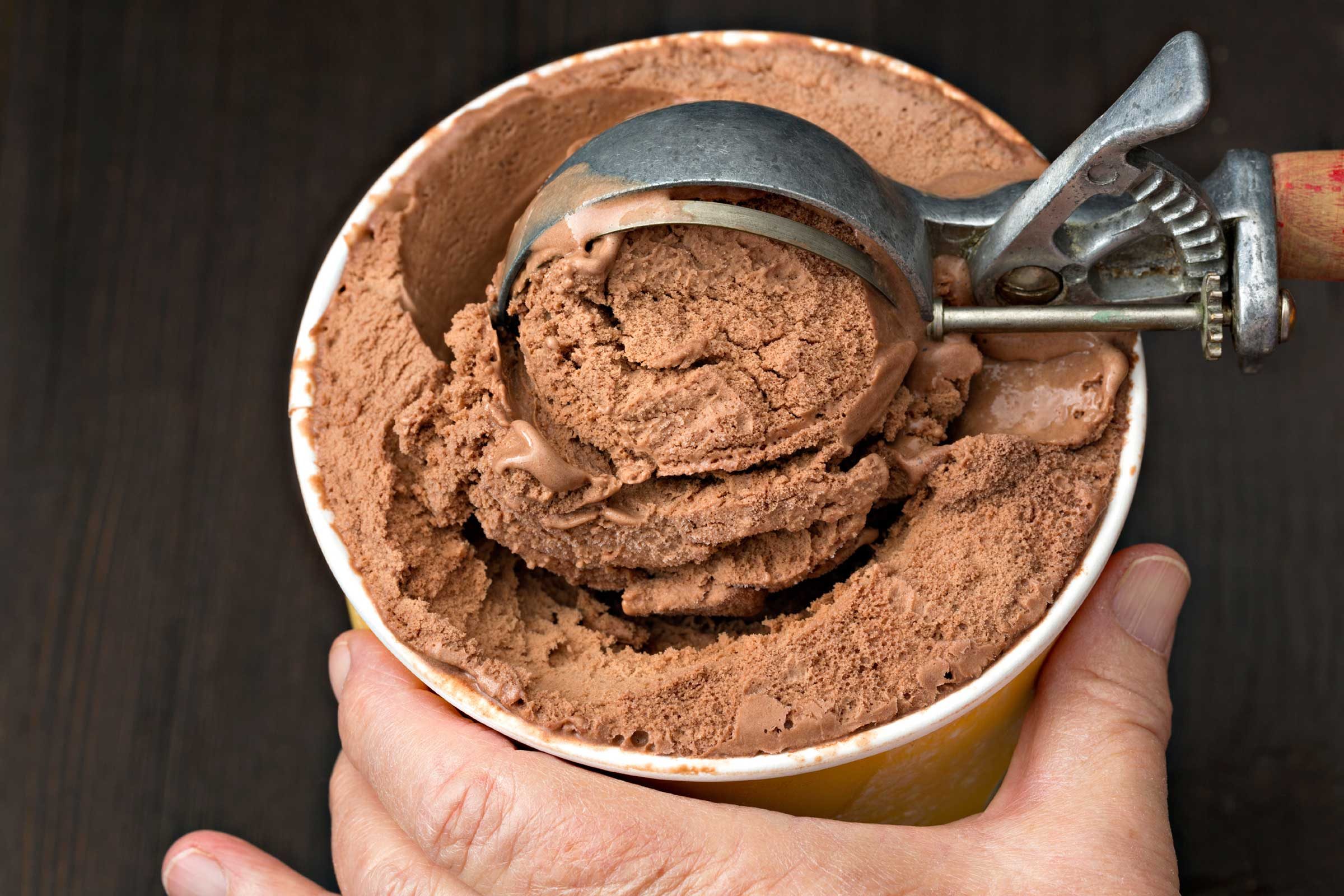
You ignore the serving size
“Some serving sizes are almost mythical. Take ice cream, for example. It’s a half a cup. No one eats a half cup of ice creaming. Most people probably put three scoops in a bowl: That’s about a cup and a quarter.” Robert Ferguson, CN, CEO of Diet-Free for Life
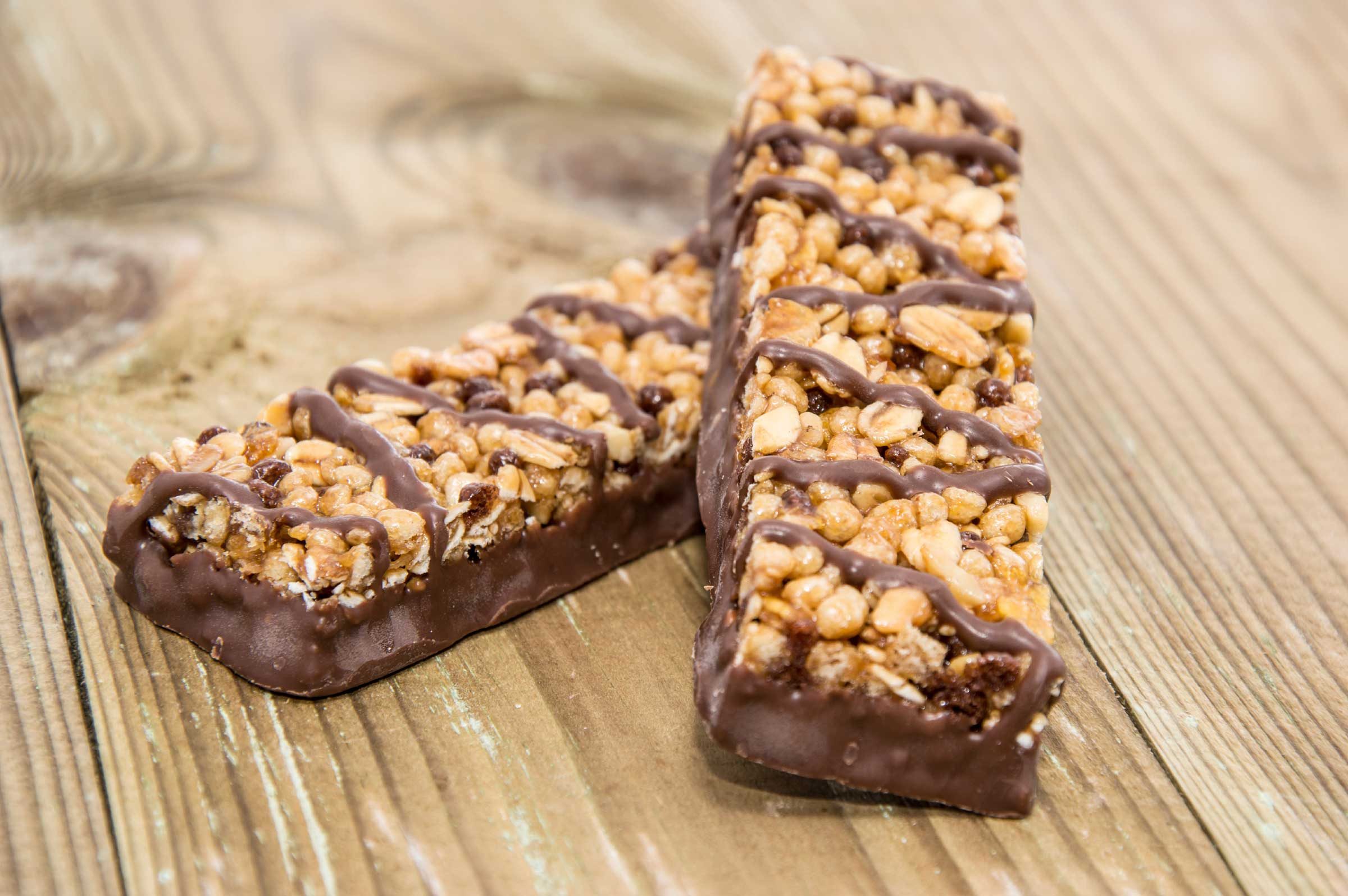
You buy all organic (even junk food)
“Just because something is organic doesn’t mean it’s healthy. An organic jelly bean is still candy. An organic pop tart is still junk food. The term ‘organic’ is being bastardized into a yuppified claim that’s being pasted on all sorts of foods that are really just glorified junk food.” Bruce Bradley, former marketing executive for General Mills and author of Fat Profits

You assume calorie counts are gospel
“So many things can affect how many calories you get out of a food. It depends how you prepare it, how much energy you use to digest it, and what enzymes and bacteria you have in your gut.” Rob Dunn, PhD, a biologist at NC State University and the author of The Man Who Touched His Own Heart

You don’t look past the front of the package
“Pretty much anything you see on the front of the package is marketing hype. Manufacturers will add tiny amounts of something — vitamins, antioxidants, protein or a little fruit juice — so they can tout it on the front and trick you into thinking it’s a healthy product.” Melanie Warner, author of Pandora’s Lunchbox